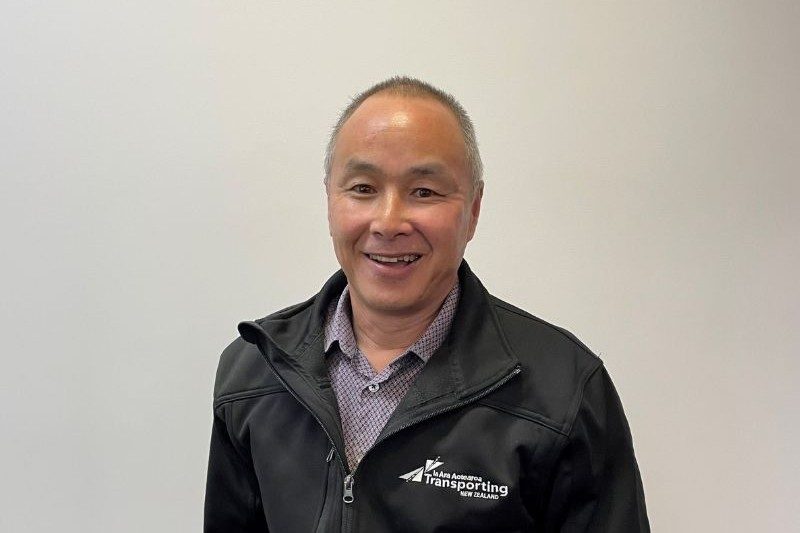40th anniversary project Torquing Bulldog Stage 9 – Ready for the road

Here we are, virtually 12 months to the day since we embarked on our 40th anniversary Torquing Bulldog project build. This month is all about building a set of bulk bins, adding the finishing touches, and hitting the road. It is hard to imagine that we are here now, on the home straight to completion, so let’s dive straight into it.



No matter whose bulk bins you are replicating, it is fair to say the most awkward stage of the build is the curve of the bin where the sides meet the base. Fortunately our good mates Gordon O’Riley and Marty Crooks have been here before, and their suggestion of using cuttings from a plastic tile moulding absolutely hits the spot. The use of super glue is required to bond the tile moulding to the styrene plastic, as the tile moulding plastic resists solvents, and will not bond to the styrene plastic using the likes of Revell ‘Contacta Professional’ liquid glue.



Once the base has set firmly we can map and cut out the front and rear ends of the bins. I suggest using at least 1.5mm sheet styrene plastic for the ends and the sides; this will add a level of rigidity to the build and ensure that the bin retains its form. Adding support baffles to the front and rear ends, as well the centre of the bins, adds more support. Cutting a radius into the top of the baffles also replicates the support hoops for the tarpaulins. These will be added to the bins after they have been painted.



Once the overall form of the bin has been constructed, we can add the side rails and structural details. These are easily formed out of strips of styrene plastic. Remember that you are bonding to the tile moulding, so again you will need to use super glue for this application. At this time we can add the likes of tarpaulin tie-down details as well as the tail light rails and mudflap mounts.



To complete the construction of our bins, we need to add the tail-door hinge and access-step details. Again, we use simple strips of styrene plastic to achieve this. A helpful hint is to form the steps flat on the bench, then glue and allow to dry first. Once completely set, glue the assembled steps to the bins, this way they will not flail about while the glue is setting.



To top off the painted bins, we now need to make a matching set of tarpaulins. There are many ways to achieve this. I have found standard kitchen paper towel is both easy to use and gives an authentic look. First, using a sharp hobby knife and straight edge, map out the required coverage and cut to shape. We next apply a small bead of PVA glue around the outer edge of the bin, and across the tops of the support baffles. Now carefully position the paper towel onto the bin, and gently dab down onto the PVA glue to form a solid bond to the bin.



Once the PVA glue has dried firmly, attaching the paper towel to the bin, mix a PVA glue wash in a small paper cup. This is generally a combination of 80% PVA glue and 20% water. With a wide-bristle hobby brush, apply the PVA glue wash firstly to the sides of the tarpaulin, and immediately fold the tarpaulin sides down and attach to the sides of the bin. The trick here is to apply just enough pressure to attach the paper towel/tarpaulin so as to retain the authentic crease and ripple effect, rather than pressing too firmly and have the paper towel looking as though it has been ironed flat. Once the sides are attached, use the remainder of the PVA glue wash to liberally – but carefully – paint over the entire top surface of the tarpaulin. This will encourage the paper towel to drape over the support baffles into the voids, giving an authentic 1980s bulk tipper look. Now allow the PVA glue wash to dry thoroughly, generally 12 hours. Finally the finishing touch, paint the entire tarpaulin with a matte/flat finish paint. The reason for using a matte/flat finish paint instead of a gloss is that once this dries, the surface finish will be left with little to no sheen, just like the real thing. With that, both bins are now ready for attaching to their respective chassis.



The final step of the project, and the step that absolutely brings it to life, is the placing of the name on the door. Suddenly Torquing Bulldog takes on its identity. To achieve this we have used the services of our local sign writer. Armed with a jpg image of Torquing Bulldog’s cab door, they were able to clip out the signwriting, enhance it and digitally print this on a very fine adhesive film for us. We then use scissors to trim all excess film, leaving just the lettering. Now we can carefully align and apply – job done! Well, nearly done. Because those of you with a keen eye for detail will have noticed that there is a prominent feature not yet installed, the bug deflector. There is a purposeful reason for this, and all will be revealed shortly, so stay tuned!








